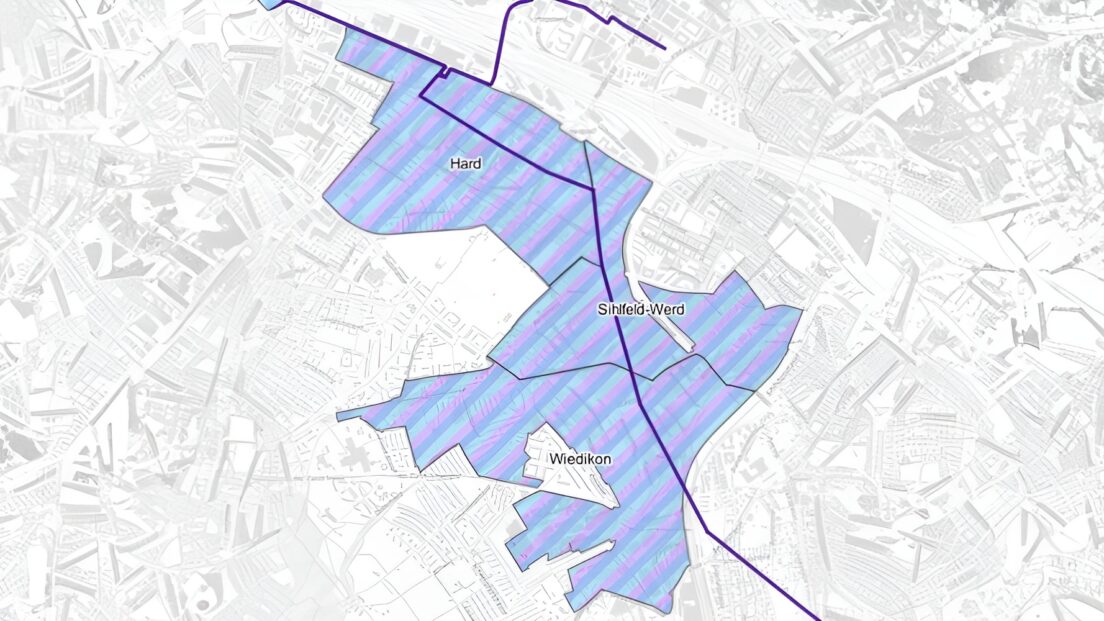Future-oriented heat supply in Zurich’s inner-city neighbourhoods

To achieve its climate targets, the city of Zurich is paving the way for an innovative, fossil-free heat supply in densely built-up neighbourhoods. A new study sheds light on efficient approaches and the infrastructure required to realise the ambitious net-zero target by 2040.
In a strategic initiative to decarbonise the energy supply, the city of Zurich is identifying key districts in which the conventional heat supply is to be replaced by sustainable alternatives. Despite the challenge that locally available, renewable energy sources such as heat pumps are not sufficient to meet demand, a comprehensive study has identified possible solutions.
Concept for densely built-up urban areas
The Hard, Wiedikon and Sihlfeld-Werd neighbourhoods in particular are the focus of energy planning. These areas, which cover around seven per cent of the city’s settlement area, require an innovative approach due to their dense perimeter block development. The supply concept developed envisages the construction of thermal networks, which will account for around a quarter of the city’s new installations by 2040.
New combined heat and power plants required
To cover the calculated heat demand of 282 GWh/year, high-performance heating plants are required, comparable to the capacity of the existing Hagenholz waste incineration plant. Additional boilers are used to cover the peak load, which is particularly necessary on extremely cold days.
Modular expansion and innovative heat sources
The concept includes the use of diversified energy sources such as wastewater heat, river water, wood biomass and waste heat from computer centres, which is generated outside the supply area and fed into the neighbourhoods via a new main network. Implementation will be carried out in modular steps, with independent distribution centres being built in a timely manner to ensure that end consumers are connected quickly.
The planning and implementation of this forward-looking project is now required in order to connect the first properties to the grid early in the 2030s. The replacement of the current 1,500 fossil-fuelled heating systems in these areas will make a decisive contribution to achieving Zurich’s climate targets.